Composition Photography Worksheet
Are you an aspiring photographer looking to hone your skills in composition? If so, look no further as we have the perfect tool to assist you. Introducing our Composition Photography Worksheet, designed specifically for those who want to understand the importance of subject placement, framing, angles, and other essential elements that make a photograph visually compelling.
Table of Images 👆
More Other Worksheets
Kindergarten Worksheet My RoomSpanish Verb Worksheets
Cooking Vocabulary Worksheet
DNA Code Worksheet
Meiosis Worksheet Answer Key
Art Handouts and Worksheets
7 Elements of Art Worksheets
All Amendment Worksheet
Symmetry Art Worksheets
Daily Meal Planning Worksheet
What is composition in photography?
Composition in photography refers to the arrangement and organization of elements within a frame to create a visually pleasing and balanced image. It involves the conscious decisions made by the photographer regarding factors such as framing, perspective, lighting, focus, and the arrangement of subjects or objects within the frame to create a strong visual impact and convey a certain message or emotion to the viewer. Good composition can enhance the storytelling aspect of a photograph and draw the viewer's attention to the intended subject or focal point.
What are some basic rules of composition?
Some basic rules of composition include the rule of thirds, leading lines, symmetry, framing, depth, patterns, and balance. The rule of thirds involves dividing an image into thirds both horizontally and vertically, placing key elements along these lines to create a visually balanced composition. Leading lines are used to draw the viewer's eye into the image and towards the main subject. Symmetry creates a sense of harmony in an image, while framing helps to provide context and focus on the main subject. Depth can be achieved by incorporating foreground, middle ground, and background elements to add dimension to the composition. Patterns can create visual interest and repetition in an image, while balance ensures that visual weight is distributed evenly throughout the composition.
What is the rule of thirds and how does it work?
The rule of thirds is a compositional guideline used in photography and visual arts where an image is divided into nine equal parts with two equally spaced horizontal and vertical lines. The main principle is to align elements or subjects along these lines or at their intersections, which are known as "power points." By following this rule, the composition becomes more visually appealing and balanced as it avoids placing the subject directly in the center of the frame.
How can leading lines be used to enhance composition?
Leading lines can be used in composition to guide the viewer's eye towards the main subject of the image, creating a sense of depth and visual flow. By using leading lines, such as roads, fences, or buildings, photographers can draw attention to specific areas of the image and create a more dynamic and engaging composition that leads the viewer through the scene. This technique can also help create a sense of scale, direction, and movement, adding visual interest to the photograph.
What is the purpose of using the foreground, midground, and background in composition?
The purpose of using the foreground, midground, and background in composition is to create depth and dimension in an image, helping to guide the viewer's eye through the photograph or artwork. By incorporating these layers, a sense of space and perspective is achieved, making the overall composition more visually engaging and dynamic. This technique can also help to establish a focal point and enhance the overall balance and visual hierarchy of the composition.
How can balance and symmetry be incorporated into composition?
Balance and symmetry can be incorporated into composition by arranging visual elements and creating a harmonious relationship between them. This can be achieved by evenly distributing objects, shapes, colors, or textures on the composition space, creating a sense of visual equilibrium. Symmetry can be used by mirroring elements on both sides of a central axis, enhancing a feeling of stability and order. Additionally, mixing different elements in a way that they have equal visual weight and importance can help achieve balance in a composition.
What is the importance of framing in composition?
Framing is crucial in composition as it helps to draw attention to the subject, create depth and context, and guide the viewer's eyes within the image. It determines what is included or excluded from the frame, influencing the message or story being conveyed. By using framing effectively, photographers and artists can enhance the visual impact of their work, create a sense of balance and harmony, and ultimately engage the viewer more effectively.
How can the use of color contribute to composition?
The use of color can contribute to composition in various ways by creating contrast, harmony, balance, emphasis, and mood. Different colors can draw attention to specific elements, help guide the viewer's eye, and evoke certain emotions or reactions. Color choices can also affect the overall visual impact, depth, and dimension within a composition, ultimately enhancing the overall aesthetic appeal and communication of the artwork or design.
Why is it important to consider the viewpoint and perspective in composition?
Considering viewpoint and perspective in composition is important because it allows for a more nuanced and comprehensive understanding of a topic or issue. By acknowledging different viewpoints, we can incorporate diverse opinions and experiences, leading to a more balanced and well-rounded discussion. Additionally, understanding various perspectives helps to foster empathy, promote critical thinking, and encourage open-mindedness, ultimately leading to better communication and more effective problem-solving.
How can the use of patterns and texture enhance composition?
Incorporating patterns and texture into composition can add visual interest, depth, and complexity to the overall design. Patterns can help create rhythm and repetition, guiding the viewer's eyes throughout the piece. Texture adds a tactile quality, making the composition more engaging and dynamic. Together, patterns and texture can evoke emotions, create contrast, and enhance the overall aesthetic appeal of the work.
Have something to share?
Who is Worksheeto?
At Worksheeto, we are committed to delivering an extensive and varied portfolio of superior quality worksheets, designed to address the educational demands of students, educators, and parents.

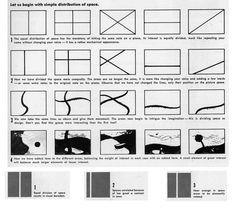




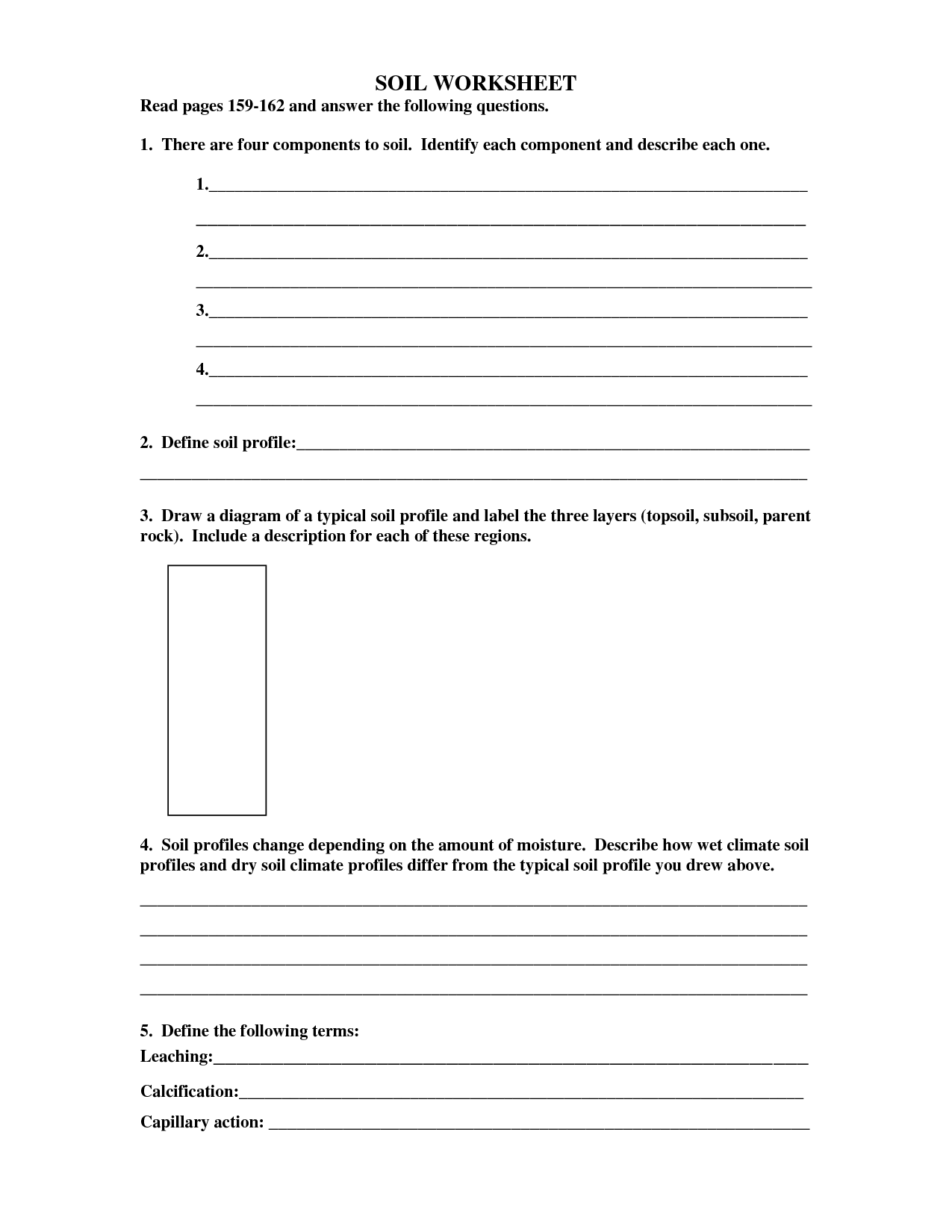
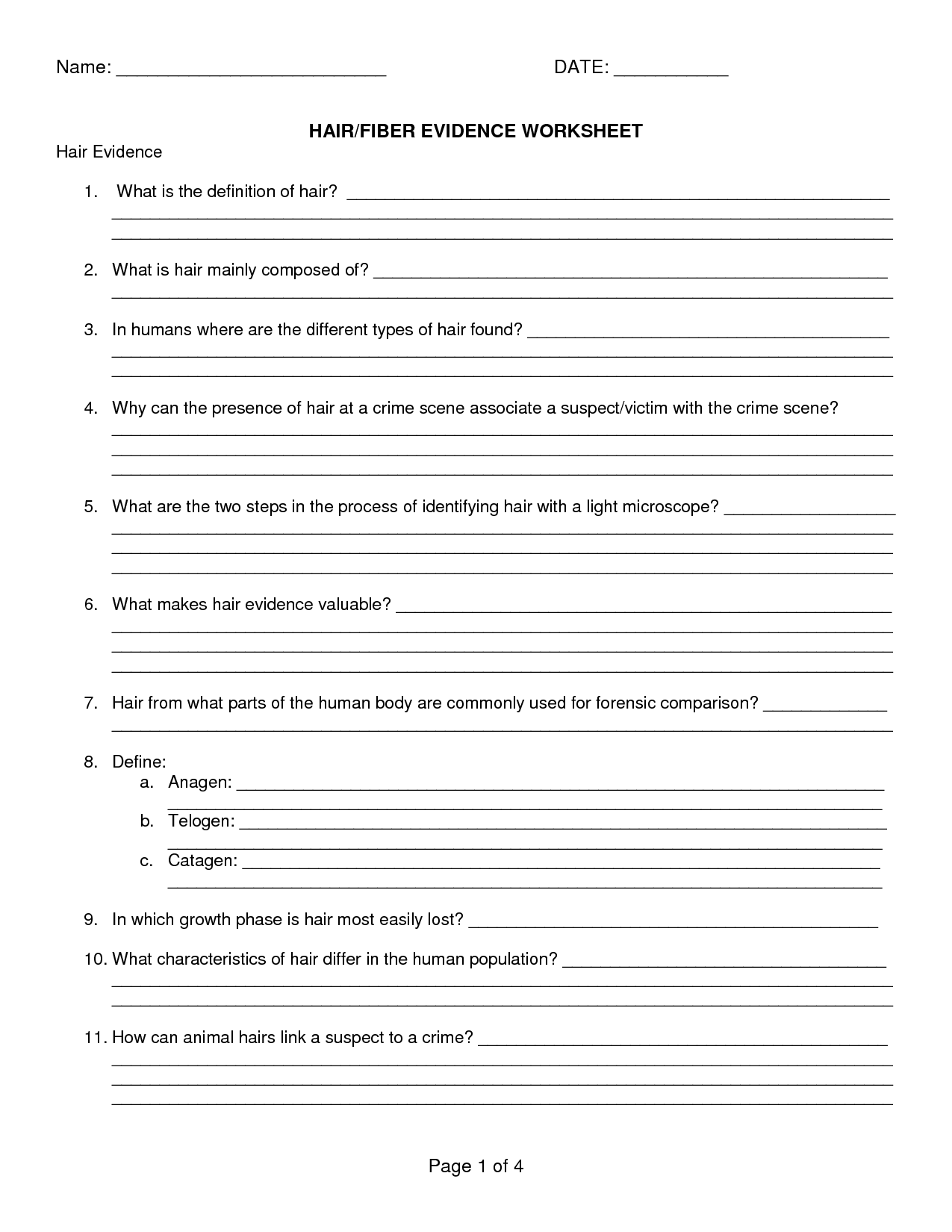
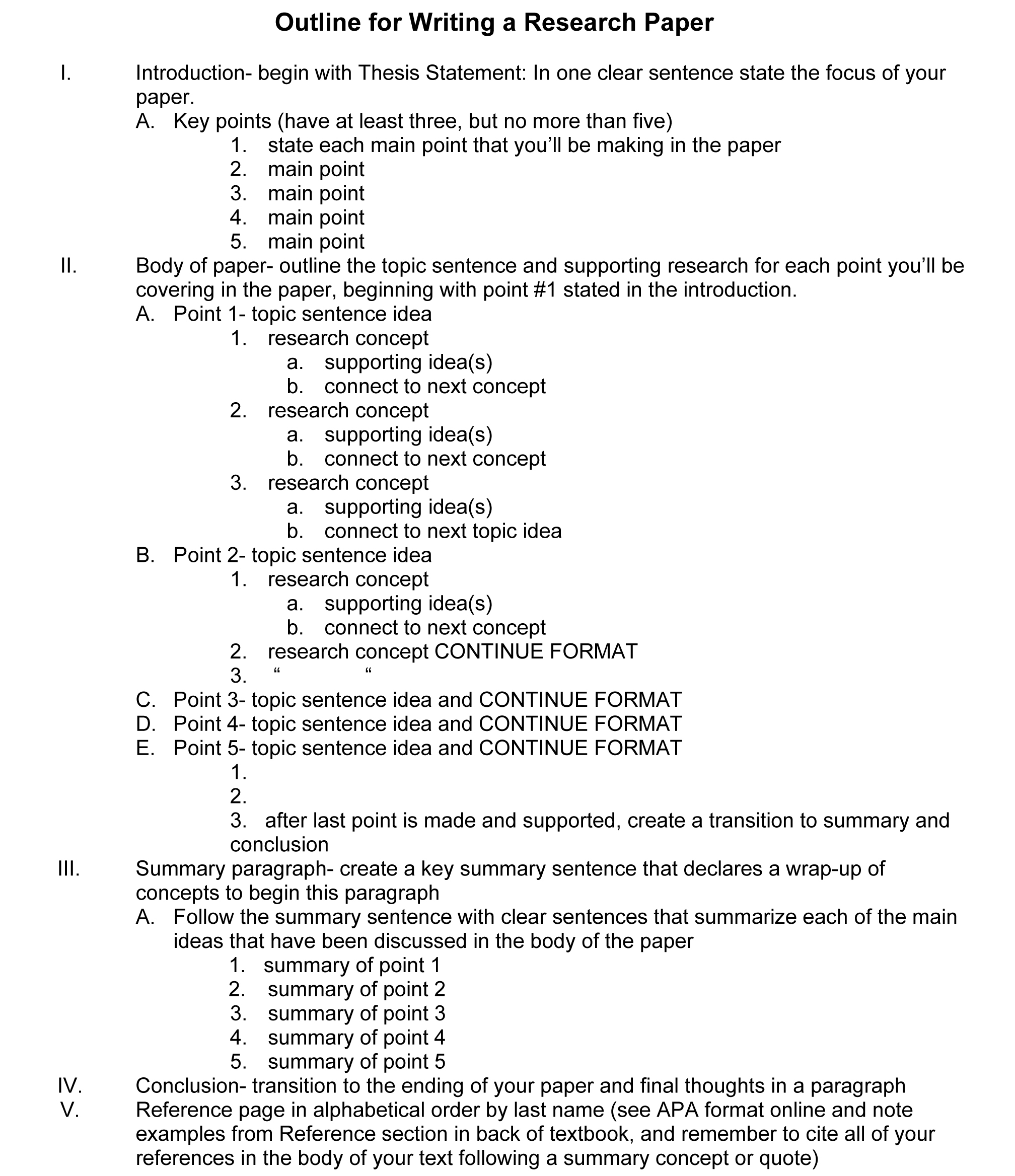
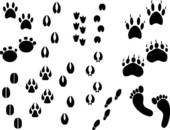
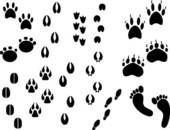
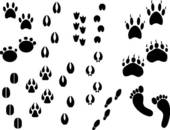
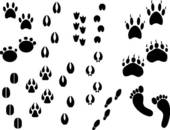
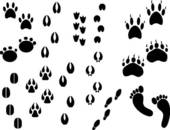
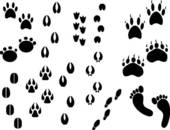
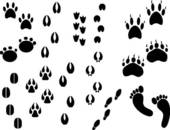
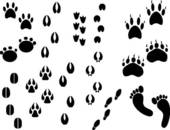
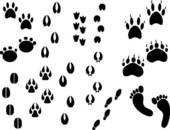
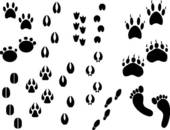
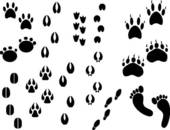
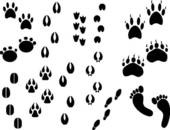














Comments